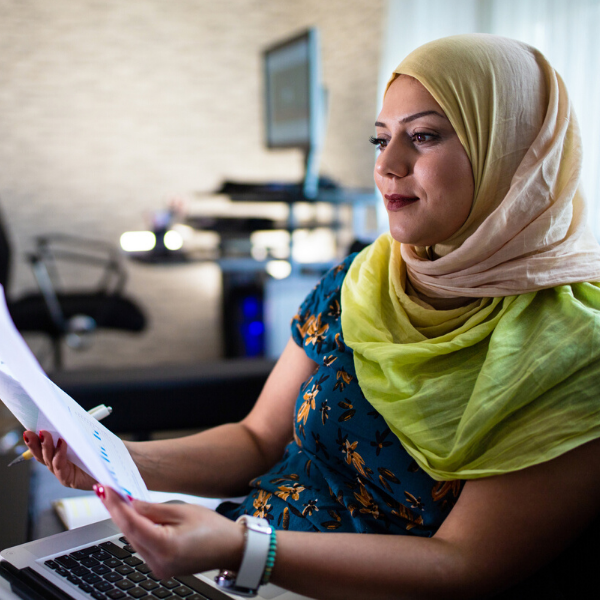What Is Domestic Violence
Living Under the Threat of a Partner

No one should have to suffer the physical, mental, and emotional pains of intimate partner violence (IPV), more commonly referred to as domestic violence (DV). However, this public health crisis results in 10 million people being injured each year.
It’s time to create a future that is free from violence — for all of us.
What is Domestic Violence?
Domestic violence, also called “intimate partner violence” or “domestic abuse,” is intentional intimidation, physical assault, battery, sexual assault, or other abusive actions that are part of a systematic pattern of power and control perpetrated by one intimate partner against another. Domestic violence is not always physical.
This can include any behaviors that are intended to intimidate, terrorize, manipulate, hurt, humiliate, or injure someone. Such incidents are rarely isolated, and they can escalate in frequency and severity. Domestic violence may result in serious physical injury or death.
Many survivors are made to feel that this abusive control is carried out because of love or care, and this feeling can make it difficult for them to safely leave the relationship. But the truth is, this fear and pain has no place in a respectful relationship. Emergency shelters and support groups are available to help survivors find safety and begin recovery.



Anyone can be a victim of DV, regardless of age, race, gender, sexual orientation, religion, social standing, or immigration status.
Who Experiences Domestic Violence
There is no “typical” survivor of DV. Even though nearly 25% of all women have experienced some form of physical violence by a partner, 1 out of 7 men have also experienced the same kinds of severe abuse. Also, more than 54% of transgender and gender non-conforming individuals experience domestic violence.
Different groups of people may experience domestic violence in various ways, and this can be made more complicated by intersectional identities – the multiple, intersecting factors that make up an individual’s identity. While domestic violence impacts the lives of people from all backgrounds, society does not treat all victims of abuse equally. Social biases influence how society perceives survivors of domestic violence, and such stereotypes often create barriers for care and assistance.
Approximately four in ten non-Hispanic Black women, Indigenous/First Nations, or Alaskan Native women, and one in two multi-racial non-Hispanic women have been a victim of physical violence, rape, and/or stalking by a partner in their lifetime. This rate is 30 to 50% higher than what is experienced by White non-Hispanic, Hispanic, and Asian women. (source: Centers for Disease Control)
How to Recognize and Stop Domestic Violence
DV can take many forms, which can make it hard to tell when someone is experiencing domestic abuse. Here’s a quick start guide to understanding DV:
If you believe you or someone you know may be a victim of domestic violence, take a look at our Safety Planning tools, including the Bright Sky US app and our legal services.
Domestic Violence vs. Intimate Partner Violence
Although we use the terms Domestic Violence and Intimate Partner Violence interchangeably on this website and in our daily work, we must recognize that there are differences between the two terms.
- Domestic Violence is any abusive act between family members, ex-spouses, intimate cohabitants, former intimate cohabitants, dating couples, and former dating couples in which one party seeks to gain/maintain power and control over the other party.
- Intimate Partner Violence is a pattern of behavior that is used to gain or maintain power and control over a current or former intimate partner.
The main difference between these two terms is that Intimate Partner Violence is defined as only between current or former intimate partners, but Domestic Violence can include familial or platonic cohabitation (roommate) situations.
Domestic violence is the most widely used term and the one that we use most frequently for comprehension.




